How to Optimize Your Automatic Sprinkler System for Maximum Efficiency
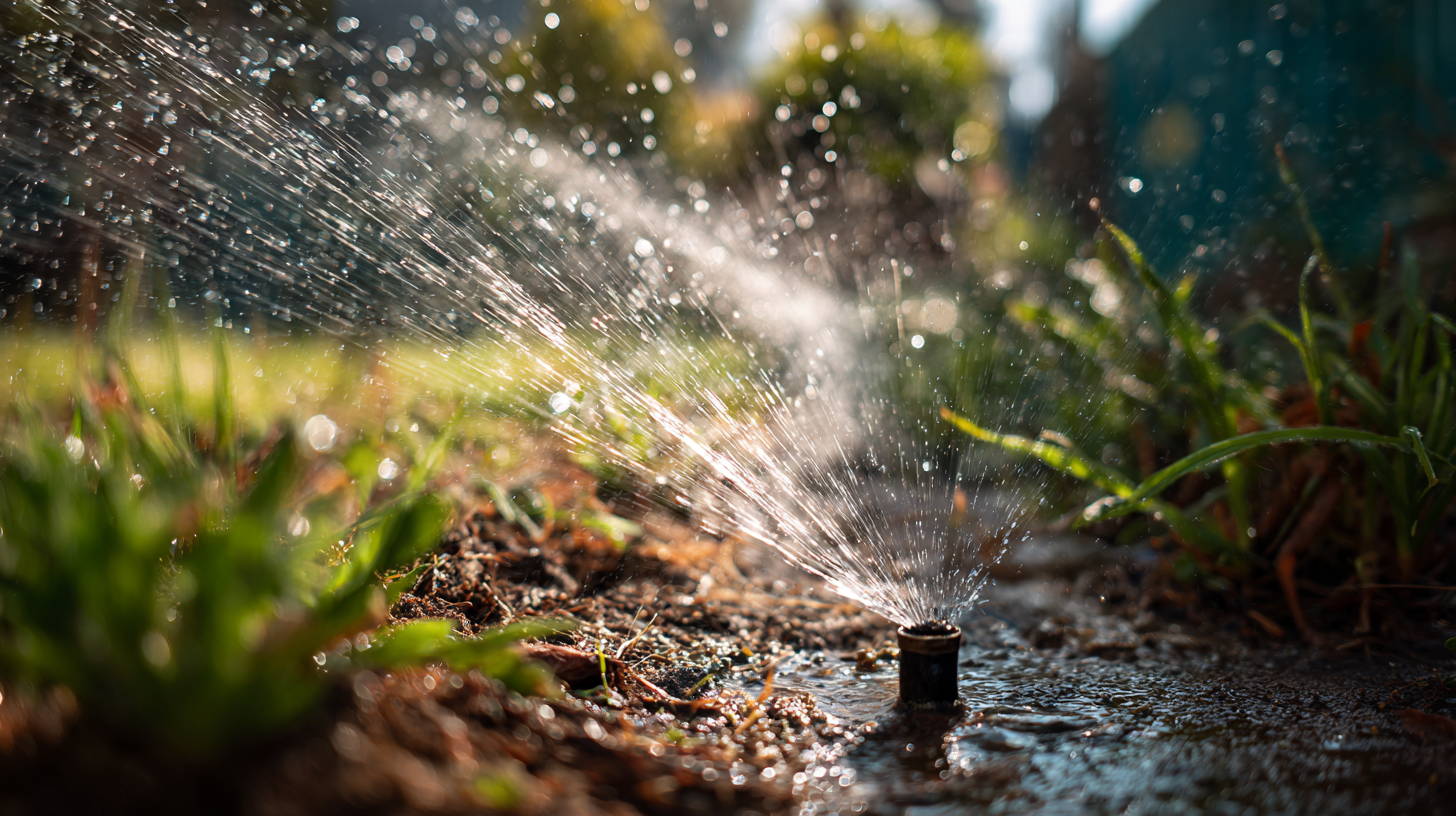 In today's landscape of water conservation and efficient resource management, optimizing your Automatic Sprinkler system is more crucial than ever. According to the Environmental Protection Agency (EPA), landscape irrigation accounts for almost one-third of total residential water use in the United States, approximately 9 billion gallons per day. By fine-tuning your Automatic Sprinkler system, homeowners can significantly reduce water waste while maintaining lush, healthy landscapes.
In today's landscape of water conservation and efficient resource management, optimizing your Automatic Sprinkler system is more crucial than ever. According to the Environmental Protection Agency (EPA), landscape irrigation accounts for almost one-third of total residential water use in the United States, approximately 9 billion gallons per day. By fine-tuning your Automatic Sprinkler system, homeowners can significantly reduce water waste while maintaining lush, healthy landscapes.
Reports from the Irrigation Association indicate that improperly managed sprinkler systems can waste up to 50% of irrigation water through inefficiencies such as overwatering and run-off. Therefore, understanding how to maximize efficiency in your Automatic Sprinkler system not only contributes to environmental sustainability but also results in cost savings and enhanced landscape quality. This guide will explore practical strategies and modern technologies to help homeowners achieve optimum performance from their irrigation systems.
Understanding the Components of an Automatic Sprinkler System
An automatic sprinkler system is a sophisticated setup designed to deliver water efficiently to your garden or lawn. Understanding its components is key to optimizing its performance. At the core of any sprinkler system are the control valves, which regulate water flow, ensuring that the desired zones receive adequate moisture. These valves are often connected to a timer or smart controller, allowing users to schedule watering times based on specific needs, including weather conditions.
Another crucial component is the sprinkler heads themselves, which come in various types and spray patterns. Selecting the appropriate heads can significantly impact water distribution and efficiency. For instance, rotating or oscillating heads are ideal for larger areas, while drip irrigation systems are better suited for flower beds or shrubs. Additionally, proper placement and adjustment of these heads can minimize water waste, ensuring that it reaches the intended target areas without overspray. Understanding these components not only aids in maximizing the system's efficiency but also contributes to water conservation efforts.
Optimizing Your Automatic Sprinkler System for Maximum Efficiency
This chart represents the water usage of different zones in an automatic sprinkler system over a week. By analyzing these metrics, homeowners can identify which zones require adjustments for optimizing water efficiency.
Assessing Your Landscape Needs for Efficient Water Usage
Assessing your landscape needs is crucial when optimizing your automatic sprinkler system for maximum efficiency. Begin by evaluating the types of plants and grass in your garden. Different species have varied water requirements; for instance, drought-resistant plants generally need less frequent watering compared to lush, high-water-demand varieties. By grouping plants with similar irrigation needs, you can ensure that each area receives the appropriate amount of water, reducing waste and promoting healthier growth.
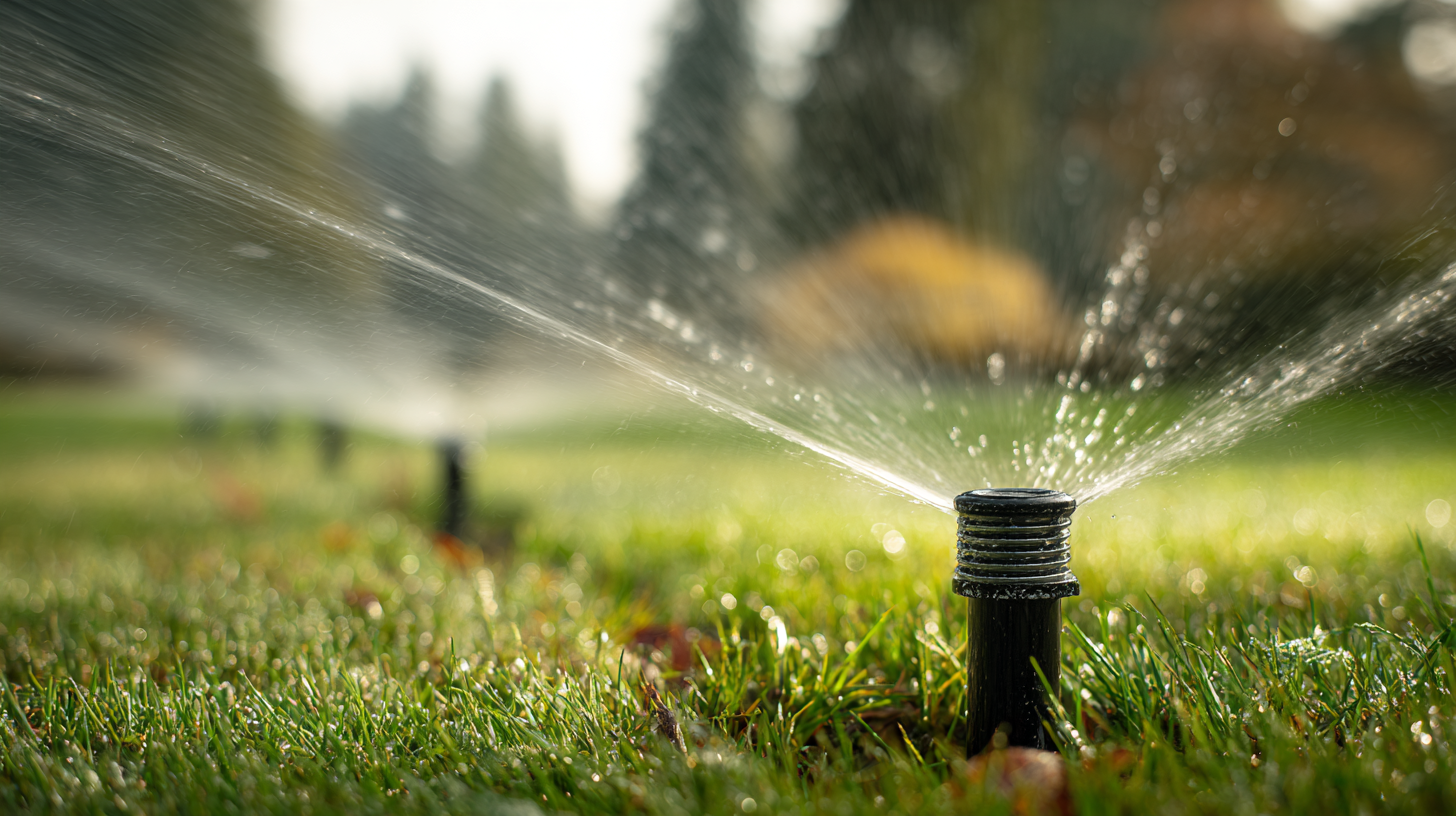
Next, consider the layout of your landscape. Irregularly shaped gardens or those with varying elevations can lead to uneven water distribution. Utilizing drip irrigation systems for flower beds and soaker hoses for shrubs can effectively target roots while minimizing evaporation and runoff. Additionally, investing in rain sensors can help adjust watering schedules based on current weather conditions, ensuring that your system operates only when necessary. Regularly assessing your irrigation setup alongside your landscape's evolving needs will help maintain efficiency and promote sustainability in water usage.
Scheduling Irrigation: Best Practices for Time Optimization
To maximize the efficiency of your automatic sprinkler system, scheduling irrigation is crucial. Implementing best practices in scheduling can lead to significant water savings and improved crop yields. Leveraging advancements in technology, such as AI-driven irrigation systems, allows for more precise scheduling based on real-time data, including weather forecasts and soil moisture levels. This targeted approach not only enhances the effectiveness of your irrigation but also minimizes waste, ensuring that water is applied only when and where it is needed.
Furthermore, integrating IoT solutions facilitates automated irrigation management, providing continuous monitoring and adjustment capabilities. With real-time insights into soil conditions, farmers can optimize watering schedules to align with crop needs, ultimately enhancing productivity. For instance, utilizing predictive analytics based on historical data can inform better irrigation decisions, allowing for adjustments that account for changing climate conditions or crop growth stages. By adopting these innovative scheduling practices, you can ensure your sprinkler system operates at peak efficiency while contributing to sustainable agricultural practices.
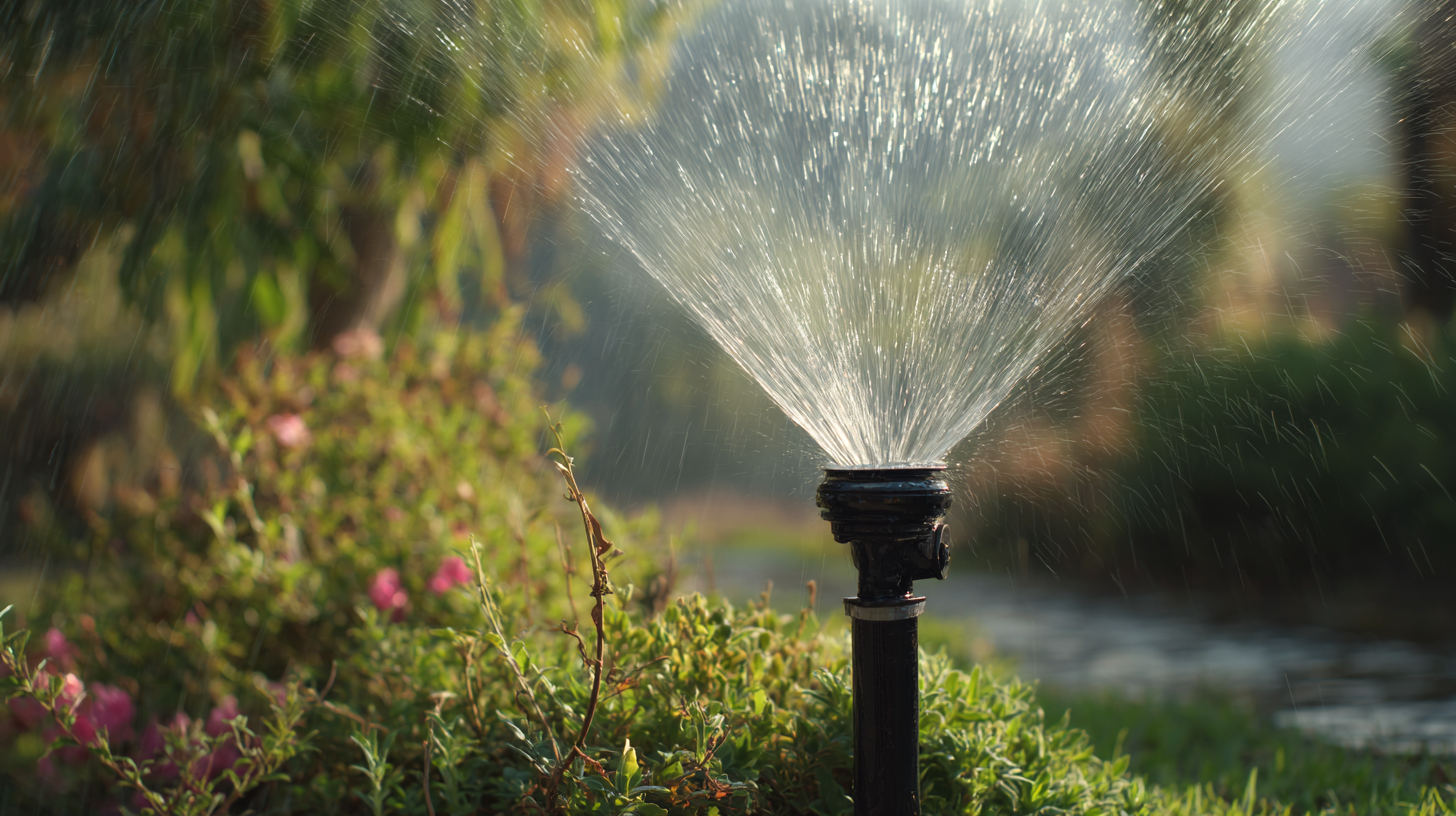
Utilizing Smart Technology for Enhanced Sprinkler Control
Smart technology is transforming the way we manage irrigation systems, significantly enhancing sprinkler control for agricultural applications. The agricultural machinery market is estimated to grow from USD 168 billion in 2021 to USD 227 billion by 2028, fueled by the increasing demand for effective crop management methods. Among these technologies, smart sensors and automated controllers allow farmers to optimize water usage, ensuring that crops receive the right amount of irrigation without excess waste.
To maximize the efficiency of your automatic sprinkler system, consider incorporating soil moisture sensors that can communicate real-time data. This technology allows you to adjust your irrigation schedule based on actual needs rather than a fixed timetable. Additionally, utilizing weather forecasts can help reduce water usage by scheduling irrigation during optimal moisture conditions.
Here are a few tips: First, regularly check and maintain your sprinkler heads to ensure they distribute water evenly. Second, program your system to water during the cooler parts of the day to minimize evaporation. Lastly, consider integrating a smart controller that adapts the watering schedule based on current weather patterns, which can lead to significant water savings and improved crop yields.
Regular Maintenance Tips to Ensure System Efficiency
Regular maintenance of your automatic sprinkler system is crucial for ensuring optimal efficiency and conserving water. Start by checking your sprinkler heads for clogs or damage. Over time, dirt and debris can accumulate, leading to uneven water distribution. Clean or replace any malfunctioning heads to maintain consistent coverage across your lawn and garden.
Next, examine the system’s timers and controllers. Ensure they are set correctly for seasonal changes, adjusting watering schedules based on rainfall and temperature. A rain sensor can be a helpful addition to prevent overwatering during wet periods. Additionally, inspect the pipes and connections for leaks, which can waste significant amounts of water. Address any issues promptly to enhance the overall performance of your sprinkler system. Regularly testing and fine-tuning these components will lead to a healthier landscape and lower water bills.
Related Posts
-
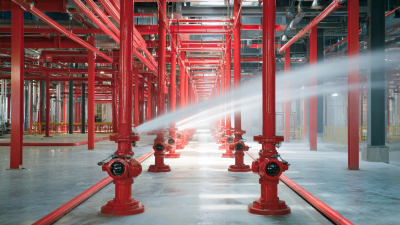
Advantages of Implementing the Best Sprinkler Fire Protection Systems for Your Business
-
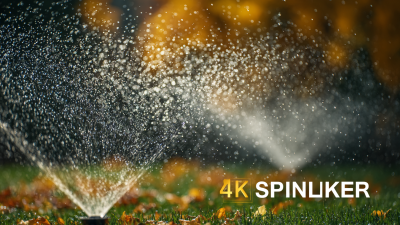
Ultimate Guide to Best Sprinkler Systems Installation: 7 Key Specifications You Must Know for Optimal Efficiency
-
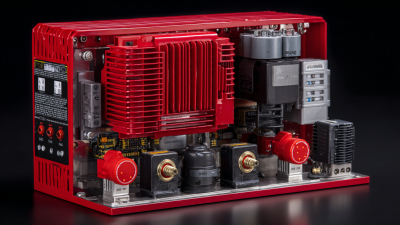
Trustworthy Fire Systems from China for a Global Market Sharing Quality Excellence
-
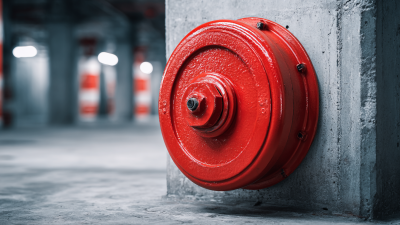
7 Reasons Why Best Fire Sprinkler Cover is Essential for Your Safety
-
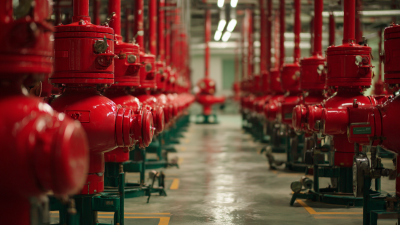
China's Premium Sprinkler Fire Protection: Elevating Quality and Dominating Global Markets
-
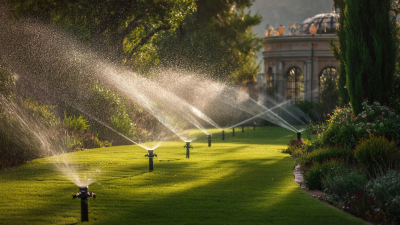
Mastering Sprinkler Systems The Ultimate Step by Step Guide for Beginners
